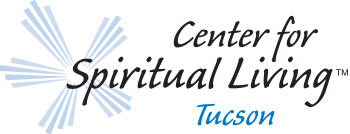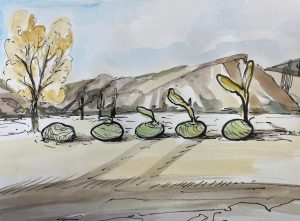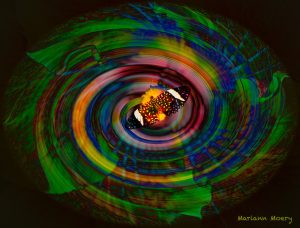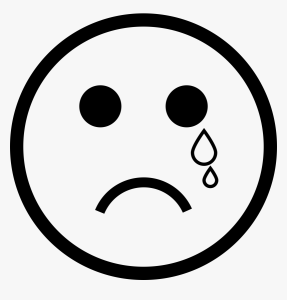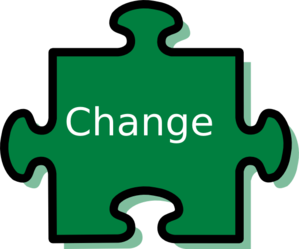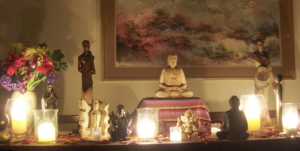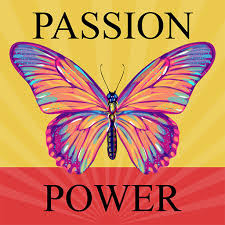Grow and Flourish
Sunday was our annual meeting. We have been without a minister since February when Rev. Janis retired. There are lots of volunteer hours used to make our center work. The full report will be posted on the CSLT website under “About” then “Organizational Documents.”
I love our little community. And I have to change my mindset about that. I love our growing community. It is necessary for our community to grow and flourish. As I am thinking about this finding the words not coming, and look to the SOM Daily Guide and find:
We must learn to trust the law of growth. We do not force a seed into a full-grown plant. There is a law of evolution or unfoldment in nature that does this in a logical sequence.
There is no mental coercion in using the law of mind any more than there would be in using the creative law of fertility of the soil. We plant a seed in it; it evolves a plant. To plant a seed of thought and then uproot it through doubt, denial, undo haste or anxiety is to neutralize our own effort. It would be like planting corn and then uprooting it every few days to see if it were growing. We must learn to trust this law of growth since it is a natural part of the order of cause and effect. Ernest Holmes, Lessons in Spiritual Mind Healing page 23.
I have been feeling a mixture of fear and love as we look for a new minister. The love of the community and the fear of funds. We are using our savings to keep going. I like that we don’t hard sell donating, but the reality is it takes funds to keep us running.
For a garden to grow it takes sunlight, rain, time to grow. For our center to grow it will take time, treasure and talent. And I, I will learn to trust the law of growth.
–Maria
